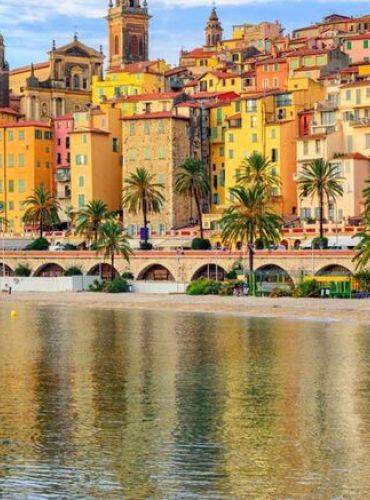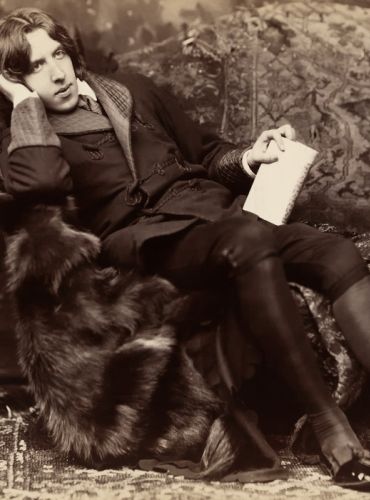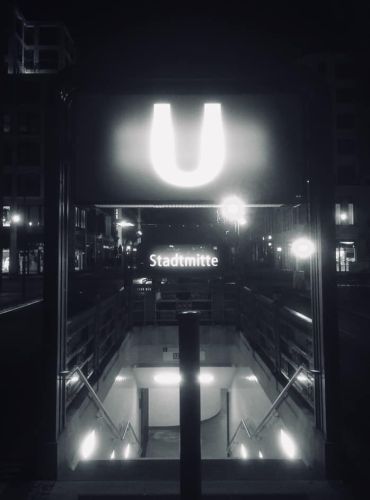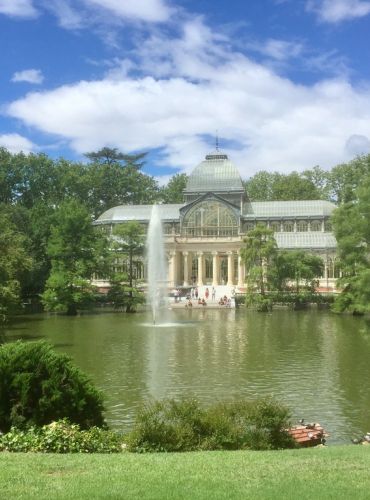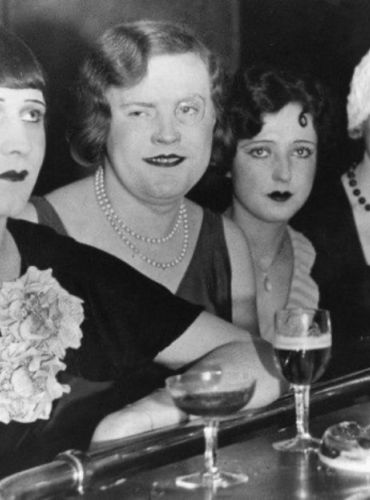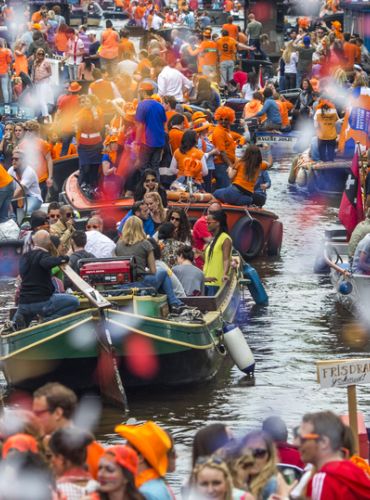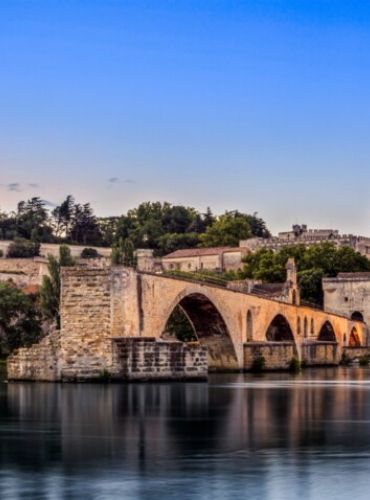Lloret de Mar. A town of ¨Indians¨

Giorgio Petti
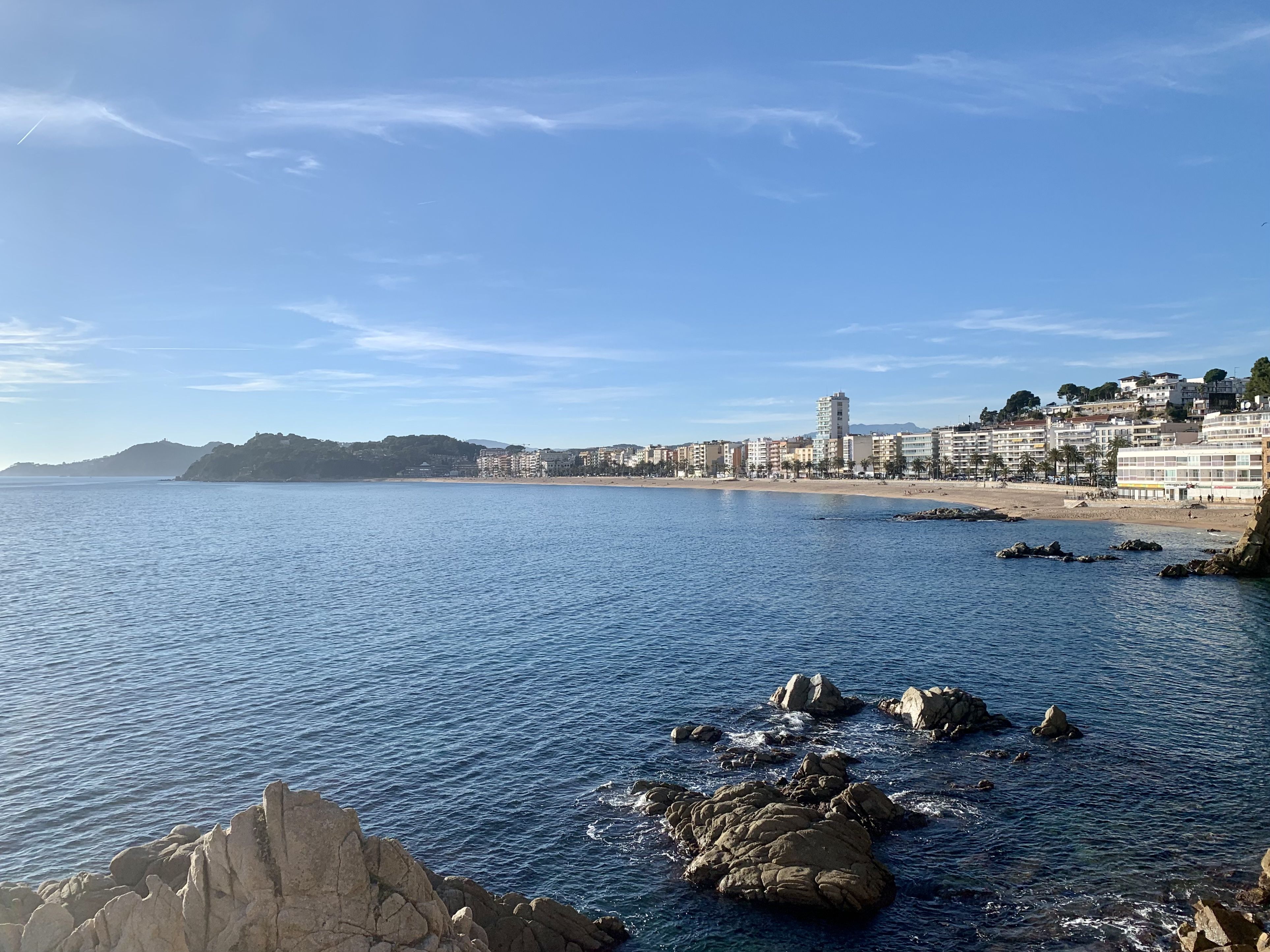
Lloret de Mar, in the South of the Costa Brava, has had for many years a dubious reputation: that of a party town where young college kids came to party, lured by the many bars and clubs on offer. To be fair, reputation in the travel industry is pretty much everything and it can be good or bad, but ion any case it is something that it’s often quite hard to shake away and that is the case for Lloret. This seaside resort is for many synonymous with drunken teenagers, balconing and casual street vomiting.

The reality is that the town is doing an awful lot to change this image. It is not easy, but the council and the local tourism office have taken some really important steps to change the formula and attract more salubrious customers, including the LGBT+ segment. However, it is a bit like turning round a transatlantic ship - it takes a long time. In this case, converting budget hotels to more quality establishments, adding more cultural offerings and ‘cleaning up’ its streets.
Today, Lloret gives the image of a seaside resort in rapid transformation, with cheap souvenir shops next to fashion boutiques and booze hotels next to more upmarket hotels. Although it hasn’t got the charm of Cadaques (but nor its prices), it is actually a pretty town, if you know where to look. And, also quite importantly, it is the only town in the Costa Brava with a cluster of LGBT+ establishments, which don’t just cater for the tourists, but are a reference for a very numerous and active local community, made by both local and expats.
A Colourful History
As many other seaside towns in Mediterranean Spain, Lloret originally was a small fishing village and still in the 1950s you would have seen fishermen arriving with their boats on the beach and repairing their fishing nets. Also, like many other villages in Catalonia, the hardship of this basic lifestyle forced plenty of people to emigrate to Cuba and other Caribbean islands in search of a better life, especially in the 19th century. Many of them, described in this part of the world as ´los indianos´ eventually came back to Catalonia with immense riches and built extravagant homes and other public buildings, which adorns Lloret to this day.
It was in the 1960s that the town was totally changed by mass tourism and perhaps rather sadly many old and probably charming buildings were bulldozed to make space for new non descriptive and often ugly hotels and apartments. It sounded like ‘progress’ back then… thankfully today we are a bit more careful with the environment, though of course we can’t reverse the horrors of those years.
Beautiful Beaches
Lloret is blessed with some stunning beaches. The main stretch of sand in front of town - Playa de Lloret, is almost 1.7 Km long and is perfect for those who like having all the services on hand. Just across from the rocky outcrop to the south of town is the Playa de Fenals, which is also quite popular, but it’s more sheltered, so a better choice on windy days.
Another stunning and secluded beach is the Playa de Canyelles, accessible from the road linking Lloret to Tossa de Mar. It’s a bit more tricky to reach, but it’s absolutely stunning and worth the trek. The water is crystal clear and the beach is backed by a beautiful pine forest.
The Playa de Sa Boadella is clothing optional and very popular with the local LGBT+ community. From here you can admire the beautiful pines of the Santa Clotilde Gardens. It is a fair walk from the centre of town, but not at all arduous.
Finally, the Playa de Santa Cristina and the Playa de Treumal are the furthest away from town, towards Blanes but no less stunning, with their calm crystalline waters.
The beaches are all linked by a beautiful and spectacular coastal path, over 9 Km long.

The Legacy of the Indians
As mentioned, many who left Lloret for the Caribbeans found fame and money. One local Indian worth mentioning is Constantí Ribalaigua, who emigrated to Cuba as a teenager in the late 1890s. Now, his name may not sound familiar, but perhaps his creation will - he perfected the daiquiri in his bar El Floridita, which he purchased in 1918 after starting there as a simple cook in 1914. The story goes that Hemingway, who when in La Habana frequented the Floridita, suggested Ribalaigua a new version without sugar and double rum, which became a cocktail now known as the Hemingway daiquiri or the Papa Doble.
As far as we know, Ribalaigua did not return to Lloret and stayed in Cuba where he became one of the most famous mixologists to have ever existed in the history of cocktails. However, those Indians who returned, built some pretty extravagant homes in Lloret and they spared no money in signing the best architects and adding the most modern facilities (i.e. private toilets and running water, which of course no one had in Lloret back then). One such house that you can visit is Can Font, which dates to 1877 and is today a museum. Nicolas Font, the original owner, lived between Cuba, Paris and Lloret and invested part of his immense fortune in improving his native town.
That’s because apart from building lovely homes for themselves, those who returned to Lloret felt the need to embellish the town, restore its heritage and to build public facilities. For instance they sponsored the creation of the lovely palm lined promenade. At the end of the promenade is a the beautiful Town Hall, which was inaugurated in 1872.

Out and About in Lloret
With its shiny Modernista tiled roof and fancy turrets, financed in 1916 by Narcis Gelats - yet another Lloreten who emigrated to the US and then Cuba, becoming a wealthy banker there, the Church of Sant Romá fully deserves a stop. The colourful tiles may attract the eye, but the middle part of this church, built in Catalan Gothic, is much older and dates back to 1509.
A perfect plan to enjoy the sea breeze on a warm day is to visit the Santa Clotilde Gardens, beautifully perched on the top of the cliffs plunging into the sea. The views here are spectacular, but so are the gardens. They were built in 1919 by architect Nicolau Rubió, commissioned by the Marques of Roviralta, who purchased this estate that previously was a vineyard, in the Renaissance style of Villa d’Este in Tivoli, near Rome.
To understand more about Lloret’s past and its connection with the sea, the Museum of the Sea (Museo del Mar) offers a beautiful collection of models of ships that once sailed from here, first to trade and catch fish, then onwards to the Americas.
It may be bizarre to visit a cemetery, but the Modernist Cemetery of Lloret is considered one of the most beautiful in Europe for its architecture. It was built at the end of the 19th century and again, like everything in Lloret, it is linked to the wealthy expats who not only built their extravagant residences in town, but also their final resting chapels in the same grand fashion and reflecting the status of the family.
LGBTQI+ Lloret
For many years Lloret has been a reference for LGBTQI+ nightlife. In fact it is the only town in the whole province of Girona to have a stable queer scene, catering for tourists, but also for the local resident LGBTQI+ community. In the past few years the local authorities have started to promote the town as a LGBTQI+ destination and one of the recent outcomes of this has been the first Lloret/Costa Brava Pride, celebrated in 2022. The 2023 edition is provisionally scheduled for 7-8 July.
The two main bars in Lloret are David Bar (c/Migdia 52) and Areny 18 (c/Areny 18). They are at a stone’s throw from each other and usually the evening starts at the latter and continues at the former.
